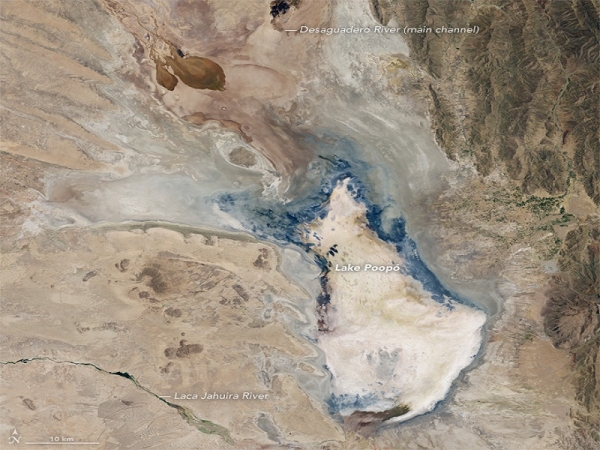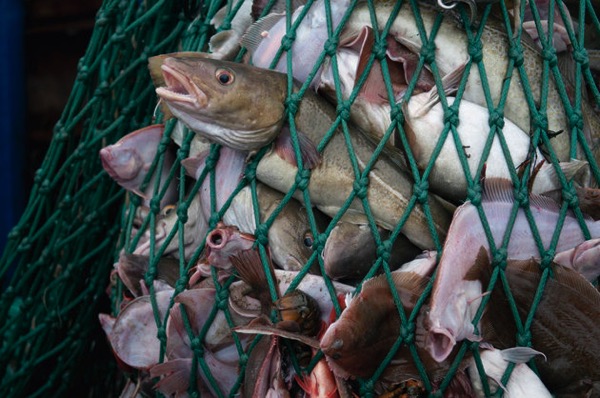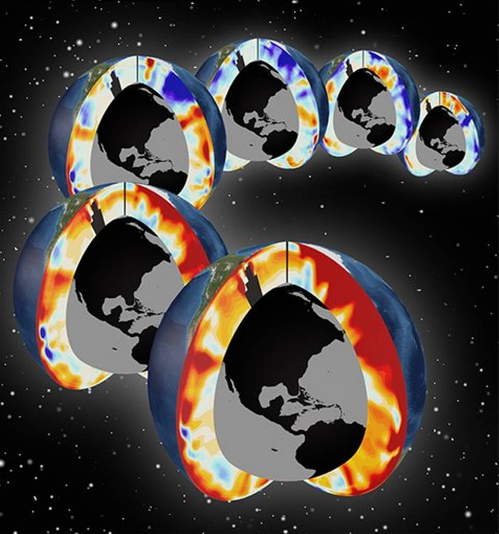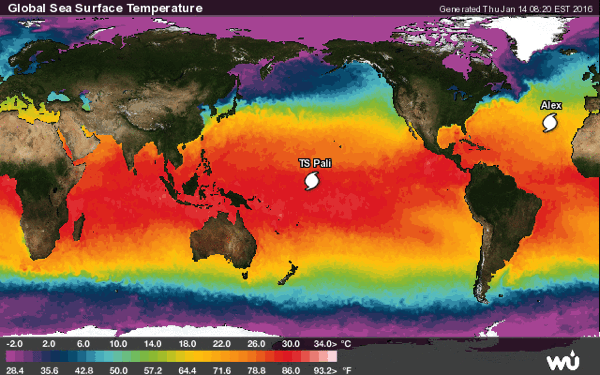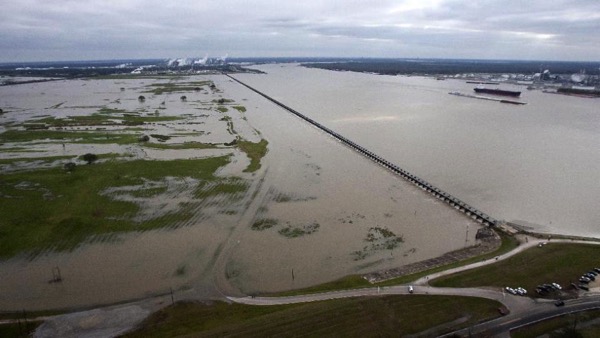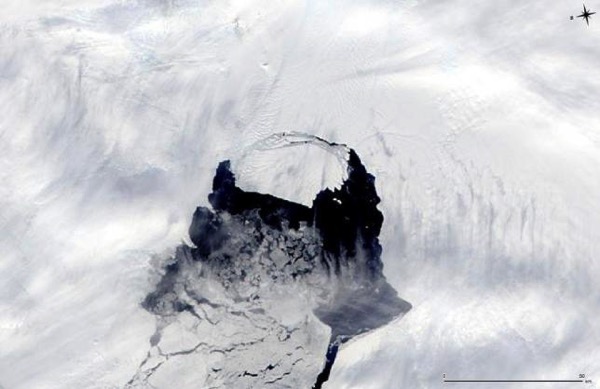Middle East respiratory syndrome coronavirus (MERS-CoV) – Saudi Arabia
Between 27 December 2015 and 13 January 2016, the National IHR Focal Point for the Kingdom of Saudi Arabia notified WHO of 4 additional cases of Middle East respiratory syndrome coronavirus (MERS-CoV) infection.
Globally, since September 2012, WHO has been notified of 1,630 laboratory-confirmed cases of infection with MERS-CoV, including at least 586 related deaths.
Middle East respiratory syndrome coronavirus (MERS-CoV) – United Arab Emirates
Between 11 and 14 January 2016, the National IHR Focal Point of the United Arab Emirates notified WHO of 2 additional cases of Middle East respiratory syndrome coronavirus (MERS-CoV) infection, including 1 death.
Human infection with avian influenza A(H5N6) virus – China
On 18 January 2016, the National Health and Family Planning Commission (NHFPC) of China notified WHO of 1 additional laboratory-confirmed case of human infection with avian influenza A(H5N6) virus.
Typhoid in Zimbabwe
Zimbabwe’s capital city Harare has been rocked by a typhoid outbreak and authorities have deployed medical experts to determine the magnitude of the spread of the disease.
A report in Zimbabwe’s state-owned Herald newspaper on Wednesday said since last Friday health authorities in that country had confirmed three cases in Glen Norah, two in Hopley and one in Hatfield.
Swine Flu Outbreak in Eastern Europe
An outbreak of swine flu has killed 72 more people and is putting thousands more lives in danger as the deadly virus continues to spread across eastern Europe.
Up to 40,000 people are expected to contract the disease in the Ukaine capital Kiev, where residents are covering their faces with masks or scarves.
Schools have been closed for more than a week and some public gatherings have been banned as authorities struggle to head off the outbreak.
The Ukrainian health ministry has confirmed 72 swine flu deaths, of which 47 were in the past week.
The number of fatalities in areas of the Donetsk region held by pro-Russian rebels could be as high as 300, according to the intelligence service.
The virus has spread to many former Soviet countries, reaching epidemic levels in St Petersburg, Russia, where at least 30 people have died.
At least 18 people have also died in Armenia.
The respiratory disease, caused by a strain of the influenza type A virus known as H1N1, can be spread from person to person through coughing and sneezing.
El Salvador issues Pregnancy Advisory - Zika Virus
As worries intensify about the Zika virus due to its association with a rare paralysis syndrome and rise of birth defect called microcephaly, health officials are taking drastic measures to stop the disease.
In a stunning development in El Salvador, health officials have advised all women of reproductive age to delay pregnancy until 2018 due to concerns about possible birth defects linked to the virus. Earlier this month, the El Salvador Health Department disclosed they had found 492 Zika cases.
The spokeswoman for El Salvador health department confirmed they are advising women from becoming pregnant but have not issued any official guidelines or policy statements.
The El Salvador advisory comes after thousands of children in Brazil were born with a dangerous birth defect called microcephaly, where head and brain are not fully developed. In Brazil, the government has called in the military to assist with a nationwide push to eradicate the virus. The health minister said that the military and civil defence services would be called in to help health workers combat the virus, which is spread my mosquitoes.






